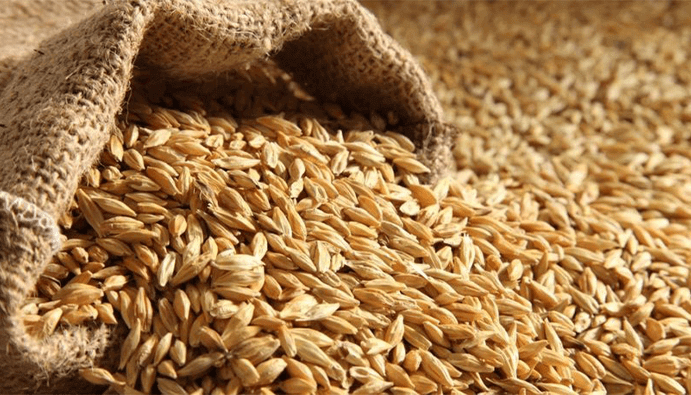Feed Testing
In order to increase the nutritional value of the feeds and in this way to obtain higher quality and more products from the animals, additives are added to the feeds at permissible values. By additives, vitamins, hormones, antibiotics, harmful and poisonous (i.e. non-nutritive) substances that have high effects despite being present in the feed in very small quantities are expressed.Vitamins are among the additives. Vitamins are very variable in terms of variety and amount. That's why it's hard to even say how much vitamin to use. In addition, the region where it is obtained, the production technique used and even the storage conditions can affect the vitamin properties of the feed. Nevertheless, an evaluation is made in the light of the available information in the analysis.
Another additive is hormones and antibiotics. These substances are also found in feeds of plant origin. Hormones and antibiotics are not much affected by the processes during the processing of the feed. Therefore, the analysis results may not be very healthy.
Harmful, harmful and toxic substances can also be found in additives. These are mostly poisonous mushrooms, alkaloids, poisonous protein compounds, glycosides, linemarin in flaxseed, gossypol in cottonseed and some non-vitamins. In addition to these, mycotoxins that reproduce in the feed are also important toxic substances that reduce the value of the feed.
The Regulation on Feed Additives Used in Animal Nutrition was issued by the Ministry of Food, Agriculture and Livestock in 2013. This regulation regulates the principles for the approval of feed additives to be put on the market and used in order to protect both human and animal health, while protecting the interests of the environment, producers and consumers regarding feed additives. At the same time, rules for the control and labeling of feed additives were determined with the regulation.


